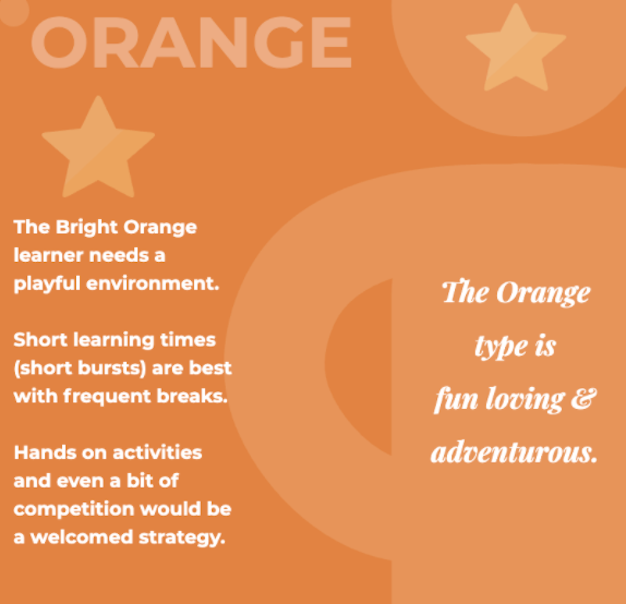How Effective is Your Leadership Style in Relation to Your Personality?

Leaders are judged by how well they motivate others, build teams and boost the bottom line. There is no one right way to lead, and managers may use a combination of different leadership styles depending on the situation. Many organizations use a personality type test to help individuals determine which leadership styles are a good fit for their natural temperament. Autocratic leadership, laissez-faire leadership, transformative leadership and participant leadership are some of the more common leadership styles in organizations today.
- Autocratic Leadership
At the core of the autocratic leadership is the manager’s belief that if you want something done right, you have to do it yourself. Autocratic leaders make all the decisions and they expect others to follow orders closely. Managers with an autocratic leadership style are often hard workers, have a strong sense of right and wrong and take responsibility for handling all the details. An autocratic leadership style mobilizes people toward a vision and generally gets the job done. However, since all the power rests with the leader, team members are not likely to offer creative ideas so they can grow professionally. Autocratic leadership is most effective when the staff is not well trained, when there are tight deadlines and when numerous people are involved in the project.
- Laissez-Faire Leadership
Laissez-faire, or free-rein leadership, is at the other end of the leadership style spectrum. If you remember your high school French, laissez-faire means letting things take their own course without interference. Leaders with a laissez-faire leadership style define the goals and then leave the teams to complete tasks on their own. Team members are given the power to make all the decisions. Leaders who are drawn to the laissez-faire leadership style are often spontaneous, bold and optimistic. They feel that if team members are intelligent and qualified, they should be able to solve problems without having the leader step in. The laissez-faire leadership style is most effective when the team is motivated, highly skilled and capable of accomplishing the tasks. However, laissez-faire leadership is generally not effective if the group does not have the experience and knowledge to make good decisions, or if team members feel competitive with one another.
- Transformative Leadership
A transformative leadership style can be highly effective. Transformative leaders inspire team members and encourage them to think critically in order to find better ways to achieve the desired results. They see the big picture and they are capable of moving others to see how their role fits in with the grand vision of the organization. Transformative leaders are often courageous visionaries who excel at problem solving and are willing to make changes. Leaders with a transformative leadership style are capable of motivating teams to get things done. Transformative leadership is effective when old strategies no longer work and innovative ideas are needed. However, transformative leaders generally need the support of detail-oriented managers who make sure the daily operations are in place and administrative tasks are completed successfully.
- Participant Leadership
Participant leadership is a collaborative leadership style where leaders take the ideas and opinions of team members into consideration when making decisions. As a result, participant leaders become co-workers who build rapport and gain the respect of others. Leaders who use a participant leadership style generally have strong social skills and a high level of emotional intelligence. They are typically good at team building and quick to demonstrate their enthusiasm and compassion toward others. A participant leadership style can be highly effective, bring out the best ideas and make team members feel valued. However, achieving the desired results may take some time. When tight deadlines require quick decisions, leaders can be better off using another leadership style to get faster results.
Color Personality Assessments
Color personality assessments, based on temperament theory, reveal the primary personality traits of key leaders and staff. With increased self-awareness, leaders are able to adapt their ‘leadership style’ while simultaneously adapting their ‘communication style’ to the most effective for the situation. Temperament theory is a proven strategy for identifying personality differences. In the True Colors model there are four color-coded basic personality types:
- Gold: Organized
- Orange: Action-Oriented
- Green: Inquisitive
- Blue: Friendly Relationship-Oriented
Using personality-type testing in the workplace promotes a positive culture by encouraging engagement, collaboration and unity. Individuals gain the knowledge to accept and collaborate with their co-workers without making judgments. So, how effective is your leadership style in relation to your personality?
Effective Communication for Strong Leadership
At True Colors International, we help organizations create a culture of success where every employee feels understood and empowered. True Colors drives positive change in organizations around the world by encouraging leaders and staff to recognize and embrace individual personality differences. We train leaders personal awareness utilizing our proven temperament theory methodology to improve communication, engagement, collaboration and ultimately productivity.
When you partner with True Colors, an experienced Master Trainer will help evaluate your needs and set realistic, achievable goals. We help your organization thrive by implementing programs that meet challenges in leadership, team building and conflict. Our customized programs include personality on-line assessments, consulting sessions, workshops, live events and keynote speaking engagements.
For additional information about True Colors International, please visit http://truecolorsintl.com or call 800-422-4686.



